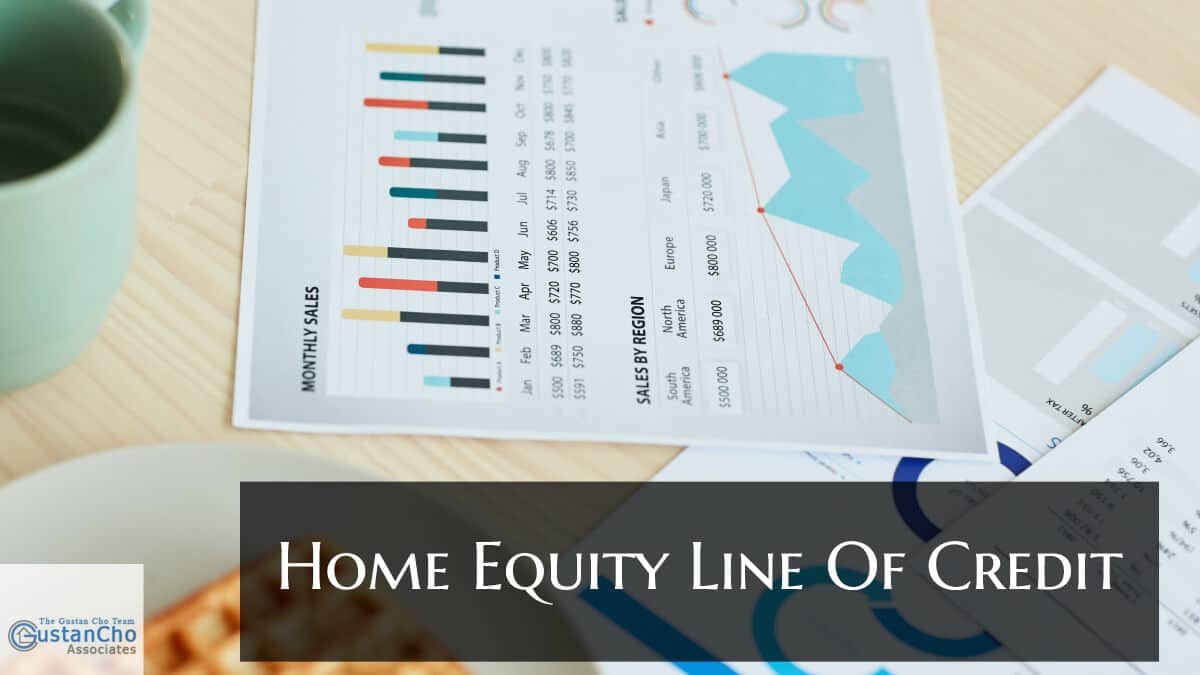Definitely, I’d love to help you understand what separates a Home Equity Line of Credit (HELOC) from a second mortgage loan and also share some different types of HELOCs.
Home Equity Line of Credit (HELOC): This is a revolving line of credit that’s secured by your home’s equity. It functions much like a credit card in that:
You’re approved for up to a certain amount.
You can borrow any amount up to that limit.
You only pay interest on what you borrow.
As you pay it back, your available credit replenishes.
Second Mortgage Loan: The second mortgage loan is a fixed amount loan which is secured against your home’s equity and primary mortgage. You receive the full loan amount upon closing. Payments are fixed and made monthly over a set period of time. Interest accrues on the full loan balance since the start.
Here are some key differences:
Flexibility: HELOCs offer more ways to borrow money and pay it back than second mortgages do.
Interest: While rates on second mortgages are usually fixed, those on HELOCs tend to be variable.
Disbursement: Unlike with seconds where you get all funds at once; HELOC allows multiple draws
Types of HELOCs:
Traditional HELOC – Variable interest rate; Draw period (usually 5-10 years), followed by repayment period (10-20 years)
Fixed-Rate HELOC – Allows borrower to lock in one or more fixed rates on all or part of the balance; Provides predictability in payments
Interest-Only HELOC – Borrower only pays interest during draw period; Principal payments begin during repayment period
Convertible HELOC – Gives option to convert some or all of balance into fixed-rate loan
Home Equity Line Of Credit With A Credit Card – provides credit card linked to your heloc for easier access
Introductory Rate HELOC – Offers lower interest rate for first few months (e.g., 6-12 months)
Reverse Mortgage HELOC allows seniors to borrow against home equity without monthly payments
When comparing HELOC offers, you should look at several lenders and consider the terms – especially rates and fees. Also think about what you’re doing with the funds. There are pros and cons to each type of heloc; it depends on your goals and situation so the best choice may be different for everybody. If need be, I can provide more info about specific helocs along with their differences from second mortgages and benefits as well as overview of mortgage process for both.
c) Interest-Only HELOC: The draw period only requires interest payments, which translates to lower initial payments but higher ones when principal repayment begins.
Differences between HELOCs and Second Mortgages:
HELOC:
A line of credit that revolves
Variable interest (usually)
Borrow any amount up to the credit limit
Interest paid on what is borrowed only
Repayment options flexibility
Second Mortgage:
One lump sum loan disbursed at once
Fixed interest rate (typically)
Interest paid on the full loan amount
Fixed monthly payments
Benefits for homeowners:
HELOC benefits:
Flexibility in borrowing and repaying
Interest payment only on used amounts
Can be used for ongoing expenses or projects
Second Mortgage benefits:
Every month has a predictable payment due date.
Good for large, one-time expenses.
May have lower interest rates than other forms of debt.
Mortgage process for both:
HELOC process:
Apply with lender (same documentation as mortgage)
Home appraisal to determine equity
Underwriting and approval
Closing and setting up line of credit accounts
Receive access to funds (often through checks or a card)
Second Mortgage process:
Apply with lender.
Home Appraisal.
Underwriting and approval.
Closing.
Receive lump sum payment. Rates: As of April 2024, I need current rates because they change from time to time based on market conditions and individual factors. However, this is an example of what normally happens; HELOC rates are variable usually based off prime rate plus margin. They may start lower than second mortgage rates but can increase. Second mortgage rates are usually fixed slightly higher than primary mortgage rates but lower than personal loan or credit card rates. Keep in mind though that these numbers can vary greatly depending on credit score, LTV ratio, etc. If you want accurate current numbers then contact several different lenders directly.
When considering either option, it’s crucial to. Compare offers from multiple lenders. Review all terms and fees. Consider long-term financial goals. Understand potential risks of using your home as collateral. Choosing between a HELOC and a second mortgage depends on your financial situation and goals. Here’s a guide to help you decide which option might be best for different scenarios:
Home improvements or renovations:
HELOC: Works well with ongoing projects or those where total costs are uncertain.
Second mortgage: Better for one-time large-scale renovations with known cost.
Debt consolidation:
HELOC: useful if you have ongoing debt to manage, or anticipate future debts.
Second mortgage: Better for consolidating a fixed amount of existing high-interest debt.
Emergency fund:
HELOC: Ideal as provides access to funds only when needed.
Second mortgage: Not recommended, as you’d be paying interest on funds you’re not using.
Education expenses:
HELOC : Works well with ongoing expenses like tuition paid over several years.
Second mortgage: Might be better for lump sum payment like prepaying entire tuition.
Investment opportunities:
HELOC : Provides flexibility for multiple or ongoing investments.
Second mortgage: Might be better for single large investment opportunity.
Predictable vs. flexible payments:
HELOC Choose if prefer flexible payments and can manage potential rate changes. Second mortgage better if need predictable fixed payments for budgeting
Short term vs. long term borrowing
HELOC shorter term borrowing is often better due to variable rates Second mortgage usually better for long term borrowing at fixed rates.
Factors in credit score
With slightly lower credit scores it may be easier to qualify for HELOC , The second mortgages demand higher credits but can yield best rates .
Home Equity Available: Either option will do if you have a lot of equity; but in case you don’t, then HELOC might be easier.
Anticipated future borrowing needs:
HELOC: If you are planning to incur higher future debt amounts – this is your best bet.
Second mortgage: When you know exactly how much money needs borrowed now. Keep in mind that both of these options tie your property up as collateral so nonpayment could lead to foreclosure. Always consider your ability to repay the loan, income stability, long-term financial objectives and current or prospective house value. Also it’s good to talk with a finance advisor or someone dealing fundamentally with mortgages because they will give an advice which takes into consideration such factors as what happening around us economically too.
https://gcaforums.com/home-equity-line-of-credit/


